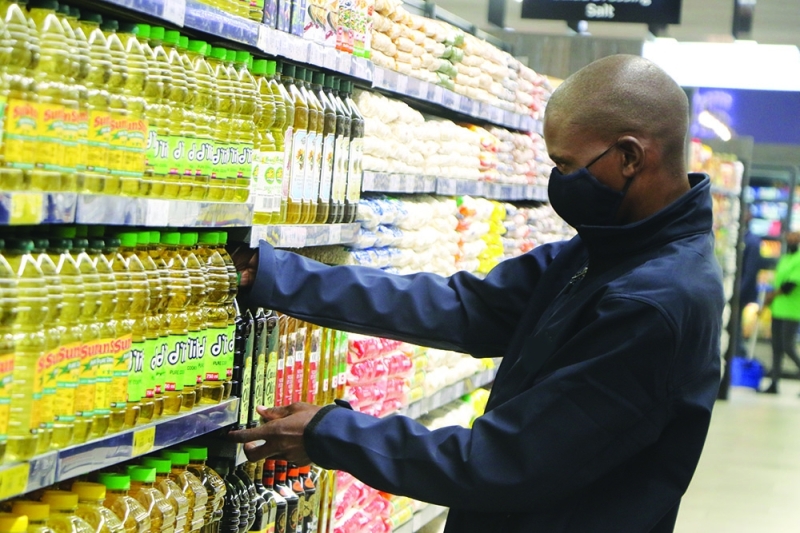BoB expects softer inflation despite risks
Mbongeni Mguni | Monday May 6, 2024 06:01


The central bank projects that inflation will temporarily trend below three percent, before moving into the three to six percent objective range from the third quarter of the year, into the medium term. Inflation in April is expected to drop to 2.3 percent from 2.9 percent in March.
BoB executives told BusinessWeek that inflation was expected to peak at 5.6 percent between now and the end of 2025.
“We expect inflation to peak at 5.6 percent in the third quarter of 2025, but this forecast is based on information and assumptions that we have currently,” Innocent Molalapata, the bank’s director of research and financial stability, told BusinessWeek during a briefing last week. “The conflict in the Middle East can affect oil prices or some other event, and if that happens, the projection will change. “With the current information that we have, we expect inflation to peak at that level. “Also, this is a peak for a quarter, but on a monthly basis, it may be different. “You can have higher than 5.6 per cent in a month, but the average for that quarter will not be higher than 5.6 percent.”
At last week’s briefing, the BoB said risks to the inflation outlook were skewed to the upside due to factors such as international commodity prices, mainly oil, rising higher than currently projected as well as the pressure the El Niño drought will have on food prices.
The risks are partly ameliorated by the likelihood of weak domestic and global demand, which does not create inflationary demand pressures.
The BoB’s inflation outlook is a far cry from the same time last year when prices were coming off 14-year highs reached in August 2022. The upsurge had been driven by escalating fuel and food prices associated with Russia’s invasion of the Ukraine.
In a commentary this week, researchers at Econsult said while inflation was currently benign, there were worrying indicators beneath the figures.
“One concern is that the main inflationary pressures are now being generated domestically, with inflation for domestic tradeables, which are mostly commodities with broadly market-determined prices, rather than regulated prices) at 4.3 percent in March, meaning that there are mainly domestic, rather than external, inflationary pressures,” the researchers stated.
In addition, Econsult researchers said inflation was being kept artificially low as some administered prices such as fuel and electricity were not being adjusted to reflect the true costs of supply or production.
“For instance, the domestic price of petrol has lagged rising global fuel prices, requiring subsidies from the National Petroleum Fund. “The regulated price of electricity is also well below the cost of production (and is also exceptionally low by international standards), requiring huge tariff subsidies to Botswana Power Corporation from the budget,” the researchers stated.
